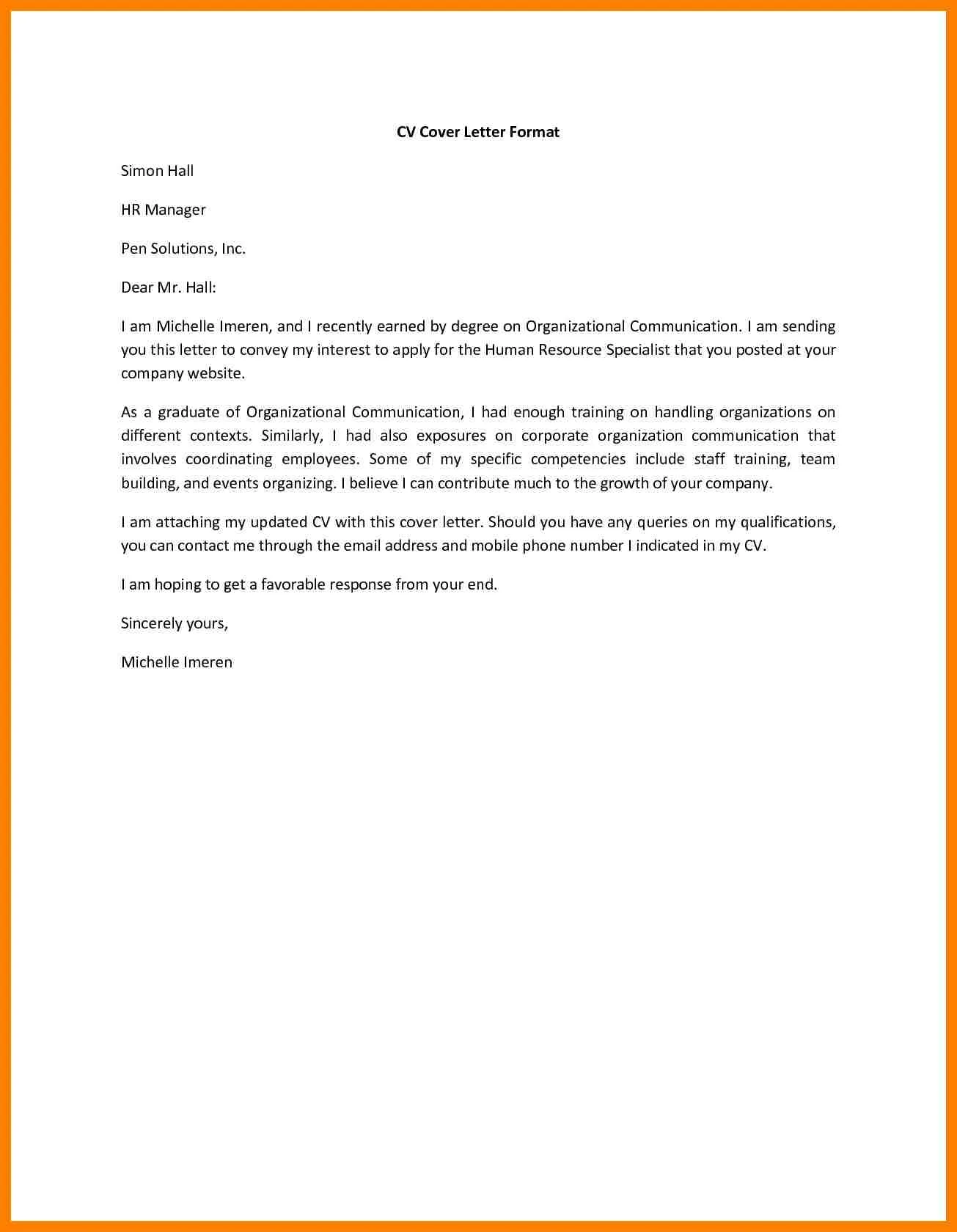What is a Cover Letter
A cover letter is more than just a formality; it’s your first opportunity to make a strong impression on a potential employer. It serves as an introduction, providing context to your resume and highlighting why you’re the perfect fit for the job. Unlike a resume, which is a factual summary of your skills and experience, a cover letter allows you to showcase your personality, enthusiasm, and communication skills. It’s your chance to tell a compelling story about yourself and connect with the hiring manager on a personal level. A well-crafted cover letter can significantly increase your chances of getting an interview, while a poorly written one can lead to your application being overlooked.
Cover Letter Structure
Structuring your cover letter correctly is crucial for readability and impact. A well-organized letter demonstrates professionalism and makes it easy for the hiring manager to quickly grasp your key qualifications and motivations. The following sections are essential components of a good cover letter and will help you to make a lasting impression. Each section should be concise and focused, conveying your message clearly and effectively. Avoid generic templates and tailor each letter to the specific job and company, demonstrating your genuine interest and understanding of their needs.
Contact Information
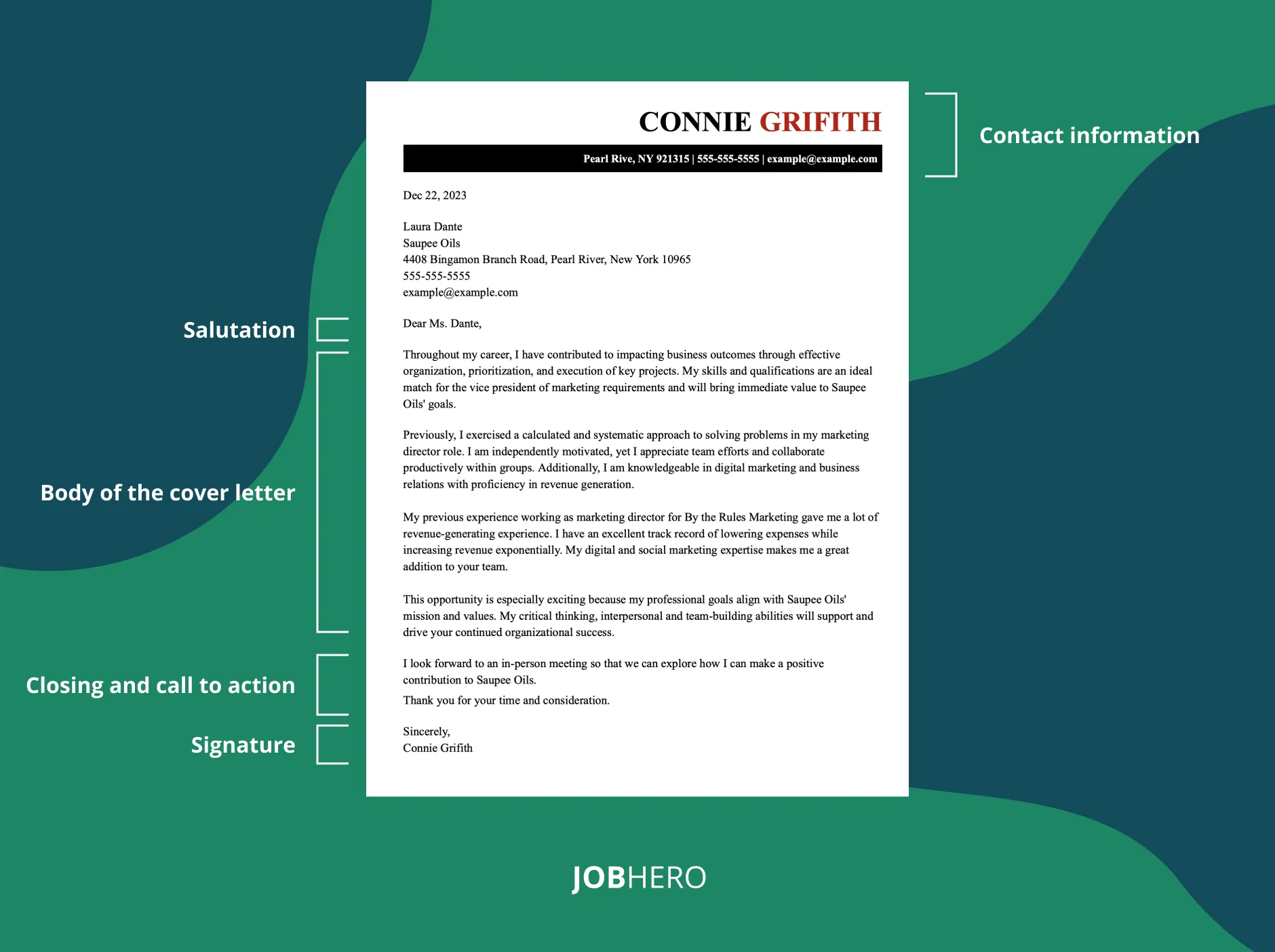
At the top of your cover letter, include your full name, address, phone number, and email address. Make sure your email address is professional. Use a clear and easy-to-read font. This information ensures the employer can easily contact you if they are interested in moving forward with your application. Consistency with your resume is key; the contact information should match exactly. Double-check the accuracy of your contact details to avoid any potential communication issues. Consider using a professional email signature for a polished look.
The Greeting
Address the hiring manager by name whenever possible. Research the company to find the correct name. Using a specific name shows that you have taken the time to personalize your application. If you can’t find a specific name, ‘Dear Hiring Manager’ is acceptable. Avoid generic greetings like ‘To Whom It May Concern,’ as they can make your letter seem impersonal. Ensure you spell the name correctly, as a simple error can make a negative first impression. Personalization demonstrates your attention to detail and genuine interest in the position.
Opening Paragraph
The opening paragraph should immediately grab the reader’s attention. State the position you’re applying for and how you found the job. Briefly explain why you are interested in the role and the company. Highlight one or two key skills or experiences that make you a strong candidate. Keep it concise and compelling. Aim to create a positive first impression that encourages the reader to continue reading. This initial paragraph sets the tone for the rest of your cover letter and should demonstrate enthusiasm.
Body Paragraphs
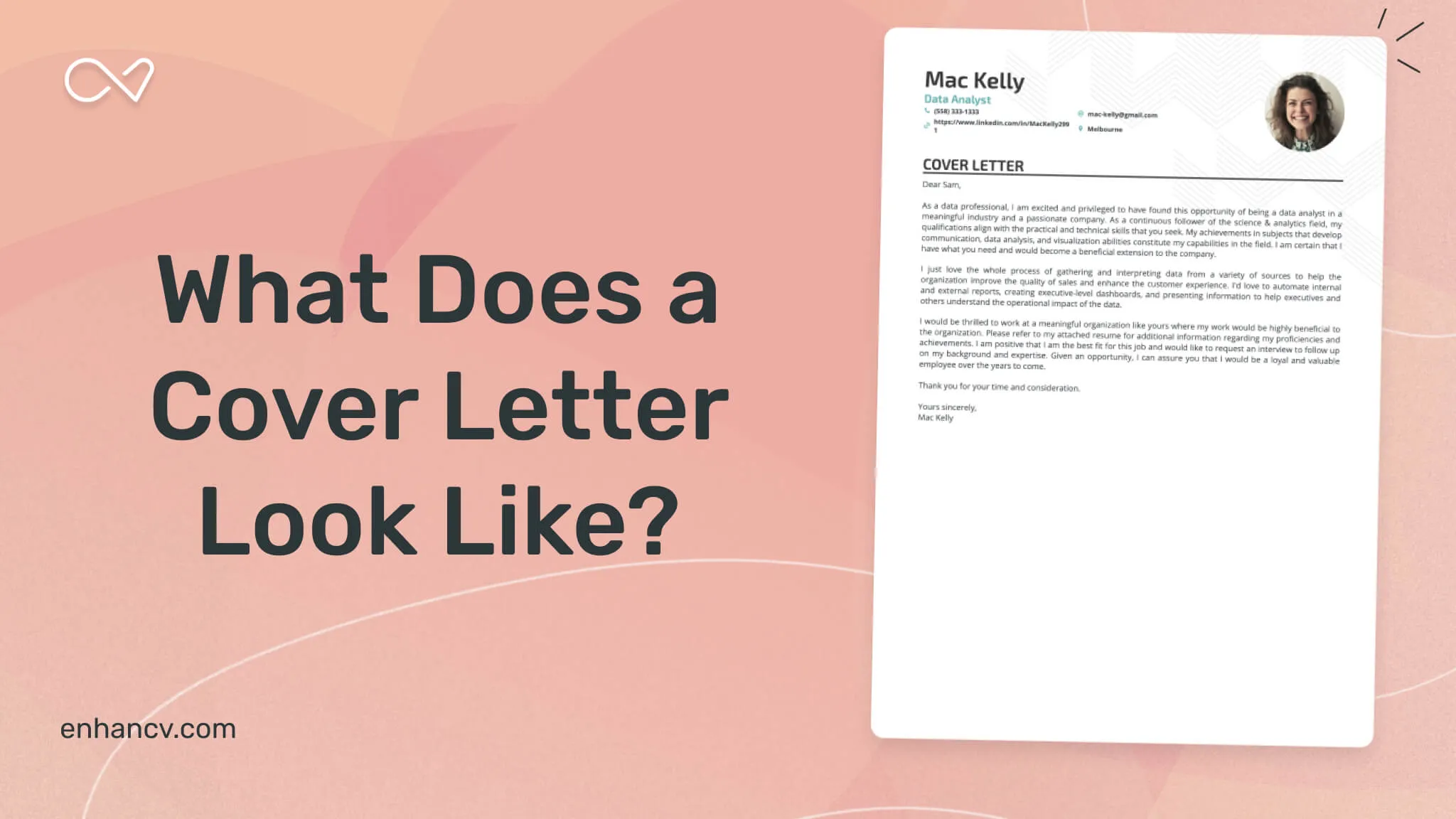
The body of your cover letter is where you elaborate on your qualifications. Use this section to showcase how your skills and experience align with the job requirements. Provide specific examples of your achievements and how they have benefited previous employers. Tailor the content to the specific job description, emphasizing the skills and experiences that are most relevant. Use clear and concise language, and avoid jargon or overly complex sentences. The body paragraphs are a core part of your letter.
Highlight Relevant Skills and Experience
Identify the key skills and experiences mentioned in the job description and demonstrate how you possess them. Provide concrete examples of how you have successfully used these skills in the past. Use action verbs to describe your accomplishments and responsibilities. Align your skills with the company’s needs and showcase how you can contribute to their goals. Tailor your examples to fit the specific requirements of the job. This helps you stand out as a strong candidate.
Quantify Achievements
Whenever possible, quantify your achievements with numbers and data. For example, instead of saying ‘Improved sales,’ say ‘Increased sales by 15% in one quarter.’ This provides concrete evidence of your capabilities and demonstrates the impact of your work. Use metrics to showcase your accomplishments and provide measurable results. Quantifying your achievements adds credibility to your claims. Specific figures make your accomplishments more tangible and compelling.
Demonstrate Company Knowledge
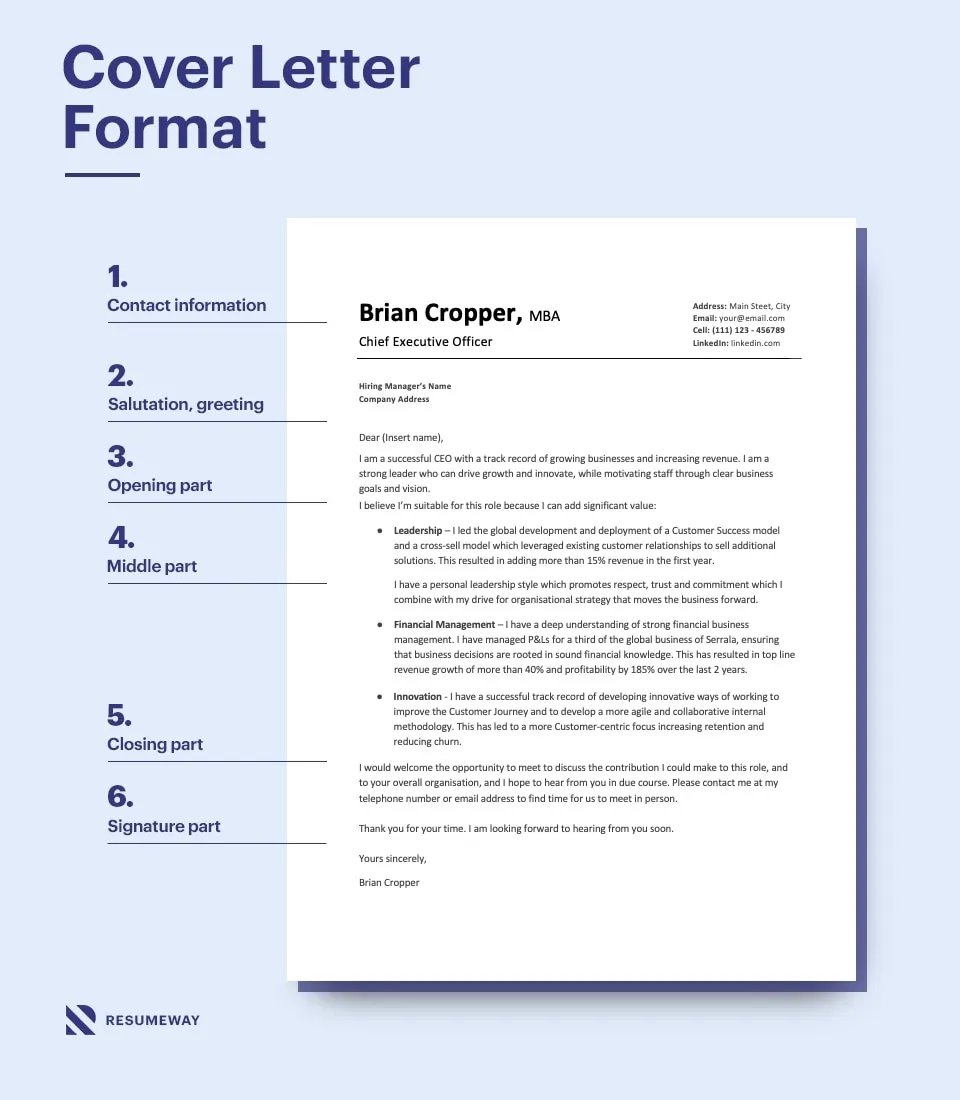
Show that you have researched the company and understand their mission, values, and goals. Mention specific aspects of the company that interest you and explain how you can contribute to their success. Demonstrate your understanding of the industry and the company’s position in it. Personalize your letter by referencing the company’s recent projects or initiatives. This demonstrates your genuine interest and shows that you are not just sending out a generic application. Highlight your knowledge of the company in your body paragraphs.
Closing Paragraph
Summarize your key qualifications and reiterate your interest in the position. Thank the hiring manager for their time and consideration. Express your enthusiasm for the opportunity and your eagerness to discuss your qualifications further. Keep the tone positive and confident. Reiterate your value to the company and highlight your unique contributions. Restate your interest in the role and emphasize your willingness to be available for an interview.
Call to Action
Include a clear call to action, such as ‘I look forward to the opportunity to discuss my qualifications further in an interview.’ Provide your contact information again, making it easy for the hiring manager to reach you. Express your availability for an interview and your eagerness to learn more. Make it clear that you are ready and willing to take the next steps. Ending with a strong call to action is the most effective way to engage with the hiring manager.
Proofreading and Editing
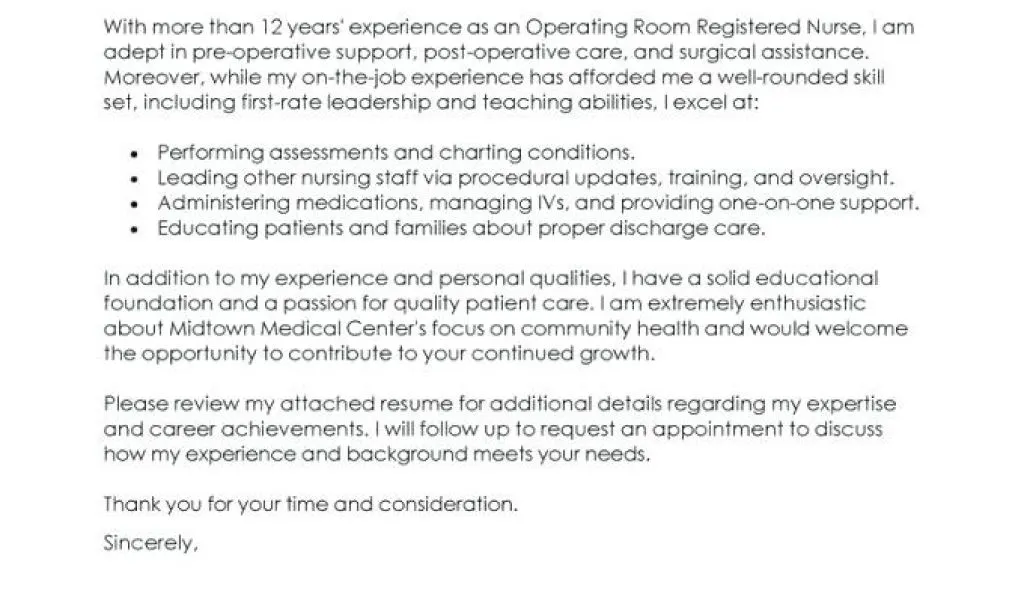
Proofreading and editing are essential steps in ensuring your cover letter is polished and professional. Errors in grammar, spelling, or punctuation can create a negative impression and undermine your credibility. Take the time to review your cover letter carefully. Proofreading demonstrates your attention to detail, which is an important quality for any job applicant. It also shows that you are serious about the position and committed to presenting yourself in the best possible light.
Formatting for Readability
Use a professional and easy-to-read font, such as Arial, Calibri, or Times New Roman. Ensure the font size is appropriate (typically 11 or 12 points). Maintain consistent formatting throughout your cover letter. Use clear headings and subheadings to organize your content. Use white space effectively to make the letter visually appealing. Readability is key, as it ensures your message is easily understood and appreciated. A well-formatted cover letter is easier to read and more likely to capture the reader’s attention.
Proofread Carefully
Thoroughly proofread your cover letter for any errors in grammar, spelling, and punctuation. Use spell-check and grammar-check tools, but also read the letter carefully yourself, as these tools are not foolproof. Ask a friend or family member to review your cover letter for a fresh perspective. Print out the letter and review it on paper, as this can help you catch errors you might miss on a screen. A clean, error-free cover letter shows professionalism and attention to detail.
